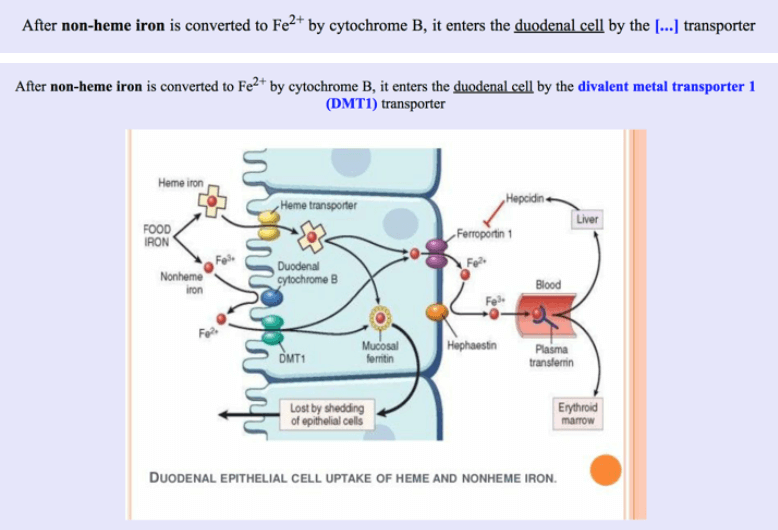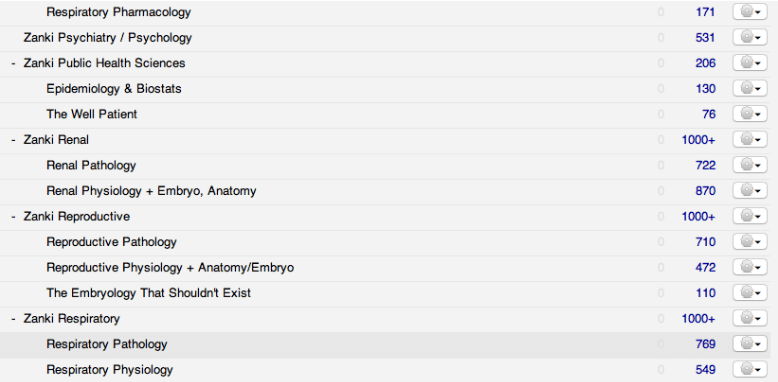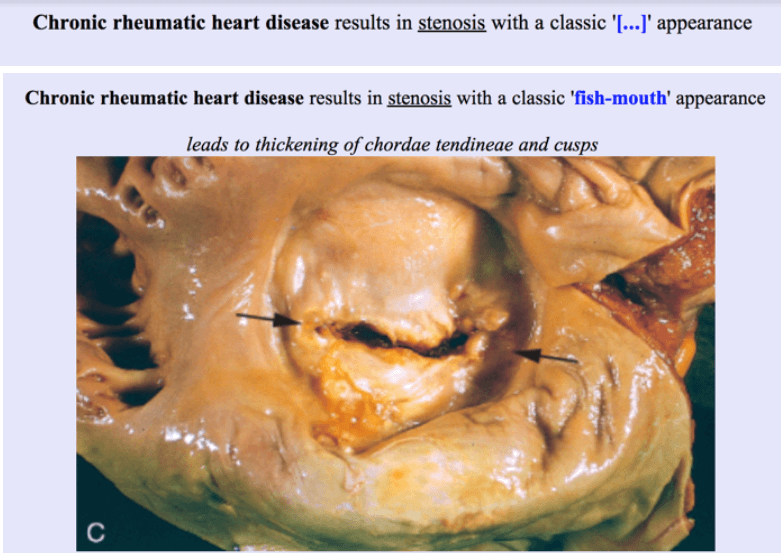Zanki: USMLE Flashcard Resource Reviews

42975 Views
USMLE Step 1 and 2 Prep Platform Reviews: Zanki
We’ve updated our Zanki review for 2020! Since we first posted this review in 2018, flashcard resources have grown more and more unequal. Some organizations have kept up with the times with new and awesome updates and features– others not so much.
If you’ve begun studying for USMLE Step 1 (or read our other posts in this review series), chances are you already know the importance of flashcards. But which Step 1 resource yields the best results? It depends on what you’re looking for. That’s why we’ve sent some of our most experienced USMLE tutors to test out different flashcard sites and provide a complete review of their features. And, now we’ve sent them again to see if their rankings still stand! Today we are reviewing Zanki, a flashcard deck resource with more than 20,000 cards. But, does quantity mean quality? We’ll let you know. Here’s our January 2020 overview.
ZANKI
Cost: Free
Our Grading:
Overall: A-
Thoroughness: A+
Fun: C+
Efficiency: B
Customizability: A+
Pros:
- Zanki offers spaced repetition! Spaced repetition makes memorization efficient and effective.
- If you know how to use Anki you won’t need to learn any new software interfaces. A familiar interface is always a plus.
- Retrieval-based learning is awesome! This method provides spaces for you to fill in the gaps.
- Zanki is broken into broad topics and subtopics. So, this means you can quiz generally or specifically.
- Zanki has effective efficient images pulled from first aid and incorporates sketchy images. What more could you ask for?
- Inclusion of all the top materials gets a major thumbs up from us. First Aid, Pathoma, and Sketchy are all incorporated into Zanki in some way.
- The Anki deck comes pre-divided
Cons:
- There are just too many cards (20,000+) to get through in a single dedicated test prep time frame (</= 10 weeks).
- The cards could be more granular; decks tend to be fairly broad.
- Some students complain there is too much detail. This can feel a little stressful if you don’t know how to look for high-yield material.
- The recent release date (2017) means errata are not well developed. Watch out for errors!
Where do I find them?: https://drive.google.com/file/d/0BznB_08yTTjLd0JsR3hpck16dVU/view.
Our Opinion
Zanki is a wonderfully thorough resource that sums most of the content from First Aid, Pathoma, and Sketchy Micro/Pharm. It’s essentially a series of clear Anki decks released in 2017 based on the original 2014 Brosencephalon decks. The cards are concise and specific, using retrieval-based learning in small enough doses to stay fast-paced. Take a look at the card below, for example:
This Zanki card gives you a concise question with a clear answer format. You know that you’re trying to remember which transporter brings Fe2+ into duodenal cells. When you get the answer, you’re shown the transporter type as well as a diagram that can cement where that transporter falls in the big picture of duodenal absorption.
Another big plus of Zanki is the inclusion of Sketchy images (see example below). (This is not offered with Brosencephalon.) This integration allows users to take full advantage of the Sketchy resource without spending a huge amount of time taking their own cards.
Downsides
There are two small ones downsides. First Downside: The topics of the Zanki decks are relatively broad. Biochemistry splits into Metabolism; Molecular, Cellular, Genetics; and Vitamins. This will be great when you’re reviewing at the end of a block, but if you’re only halfway through cellular biochem you’re sure to get a number of cards that reference material you haven’t learned yet. Here is an example of the layout of pre- divided decks:
Second Downside: Not all information is directly USMLE Step 1-relevant. For instance, take the card below on rheumatic heart disease.
This is again a concisely and clearly asked question, but the answer is not particularly high-yield for USMLE Step 1. It’s true, chronic rheumatic disease does lead to thickening of chordae tendineae and cusps, but if this image is placed on a test (which is itself unlikely), you will definitely be given other information to work with. On the USMLE, you would never be expected to arrive at this diagnosis by a gross pathology (or radiology) picture alone. Imaging and images are slightly overemphasized.
*Note of warning*
For Brosencephalon, Zanki, or Anki users: spaced repetition is only efficient and effective if you stay up to date with your cards. If you do 200 new cards each day, this means you will have ~200 new cards the next day, plus whatever old cards are new that day. So, proceed with caution when choosing how many new cards to do a day. Not keeping up with your Zanki cards each day means you are missing out on the ability to take full advantage of the efforts put into reviewing the cards in the first place! If you are the type of person that won’t be able to keep up with your cards, another resource is your best bet.
That’s our Zanki review! If you have further questions about our professional experience with Zanki as a USMLE study tool, you can send us an email at [email protected]. Remember, we are here to make your preparation journey as seamless as possible! If you begin going through Zanki cards and find yourself completely lost, you can also reach out and one of our experienced tutors would be happy to assist you.
***If you are under 6 weeks from your Step 1 test date and are only now are weighing your flashcard platform options, we strongly advise you to contact us right away for structured help. You need to get moving!***
Featured Articles






